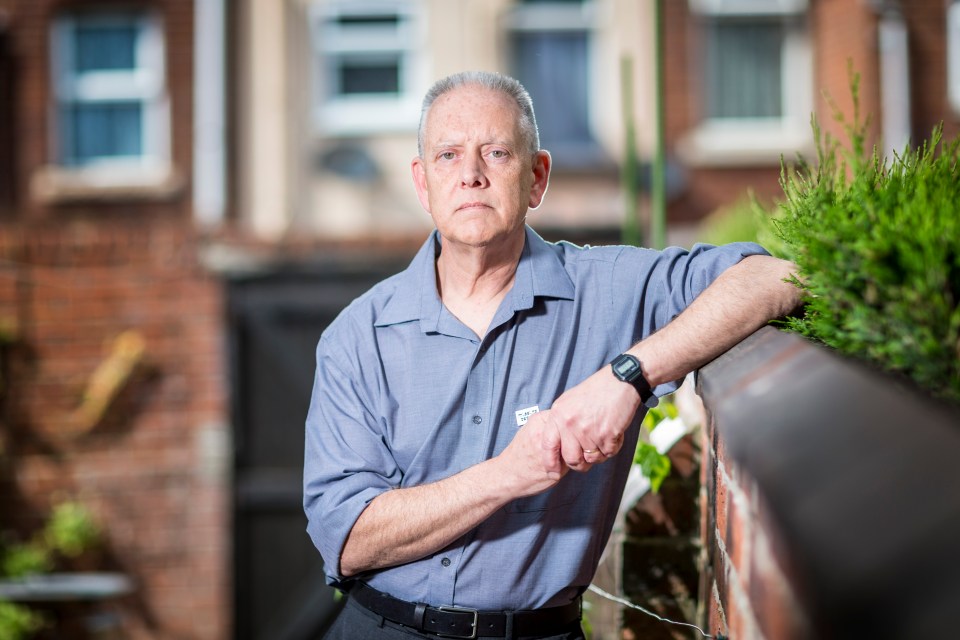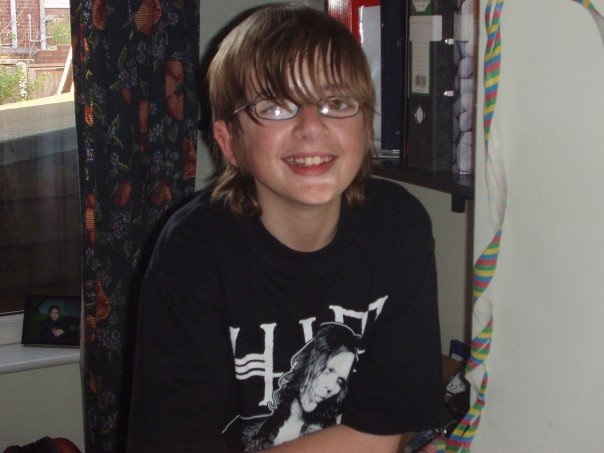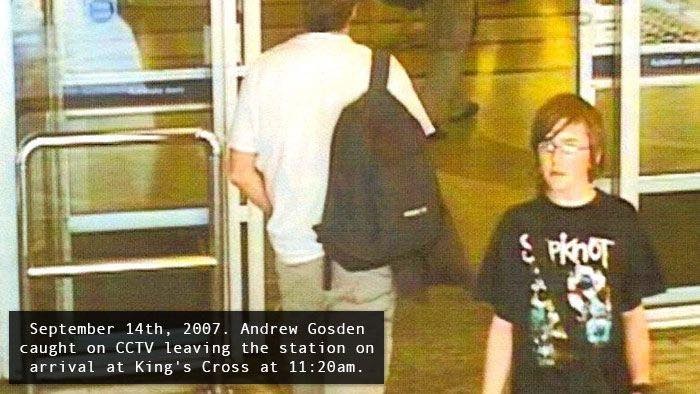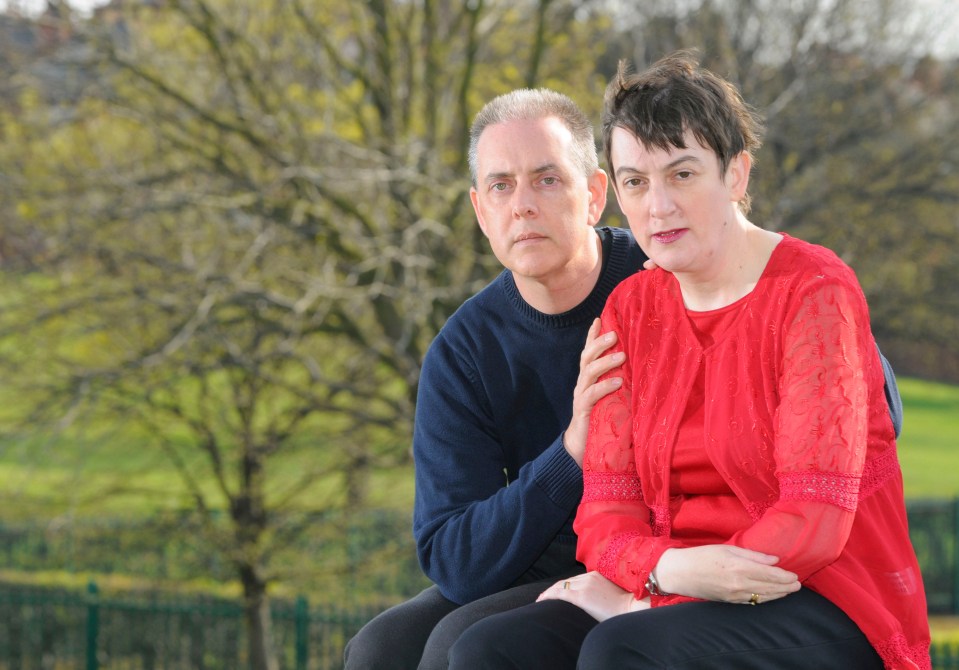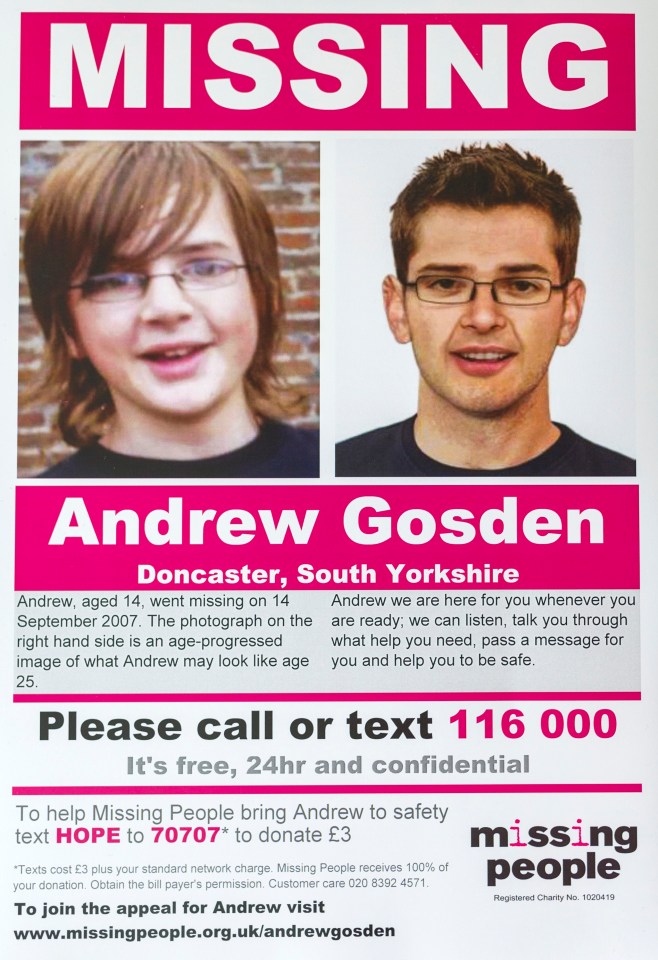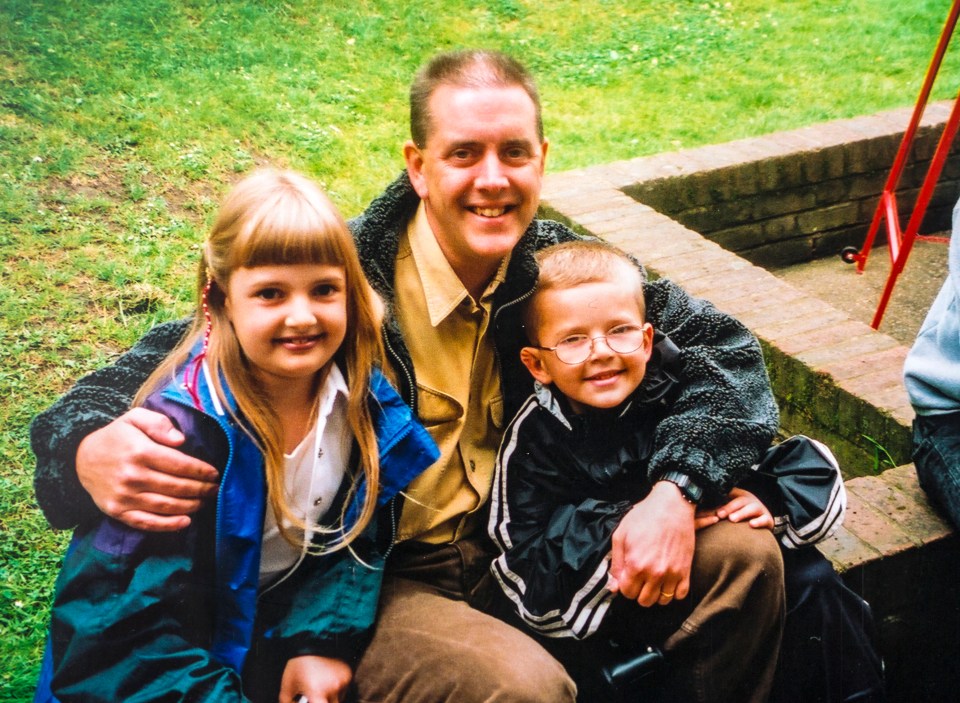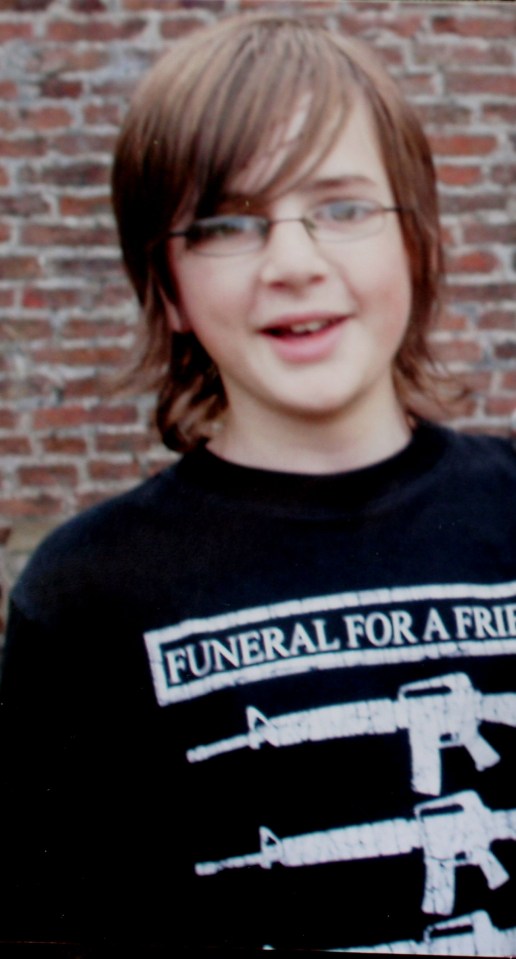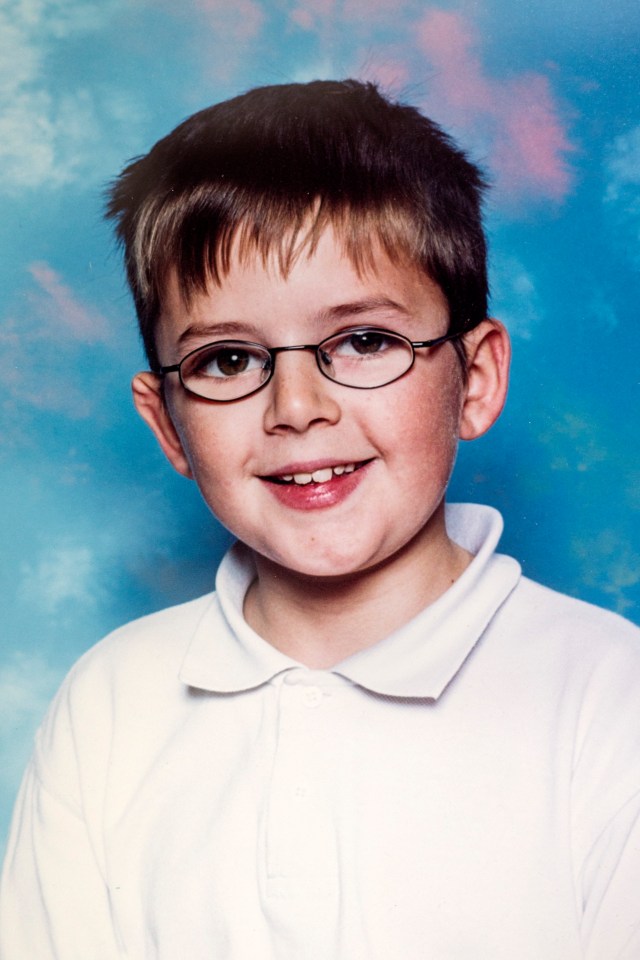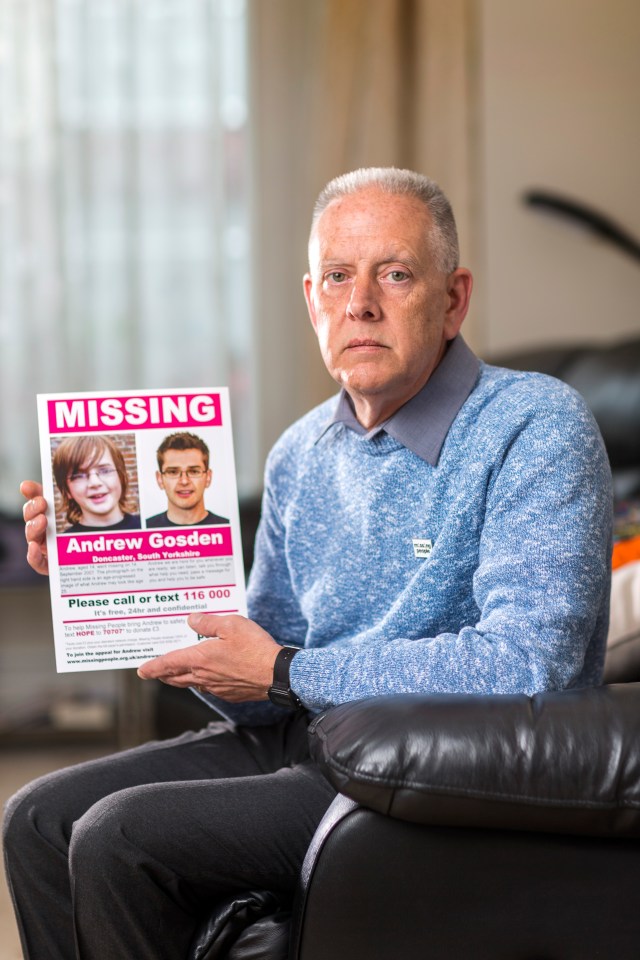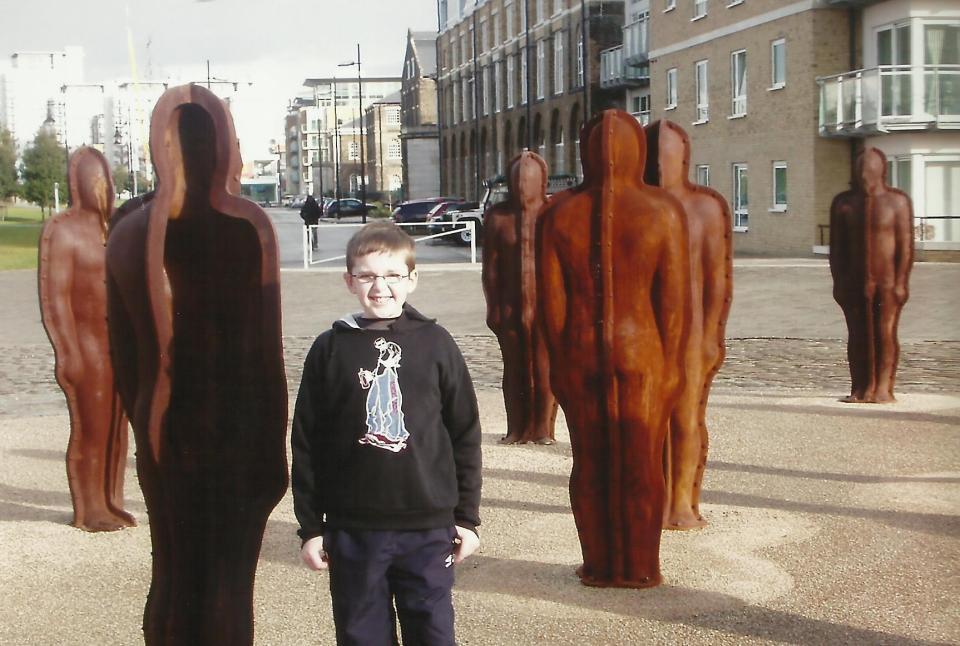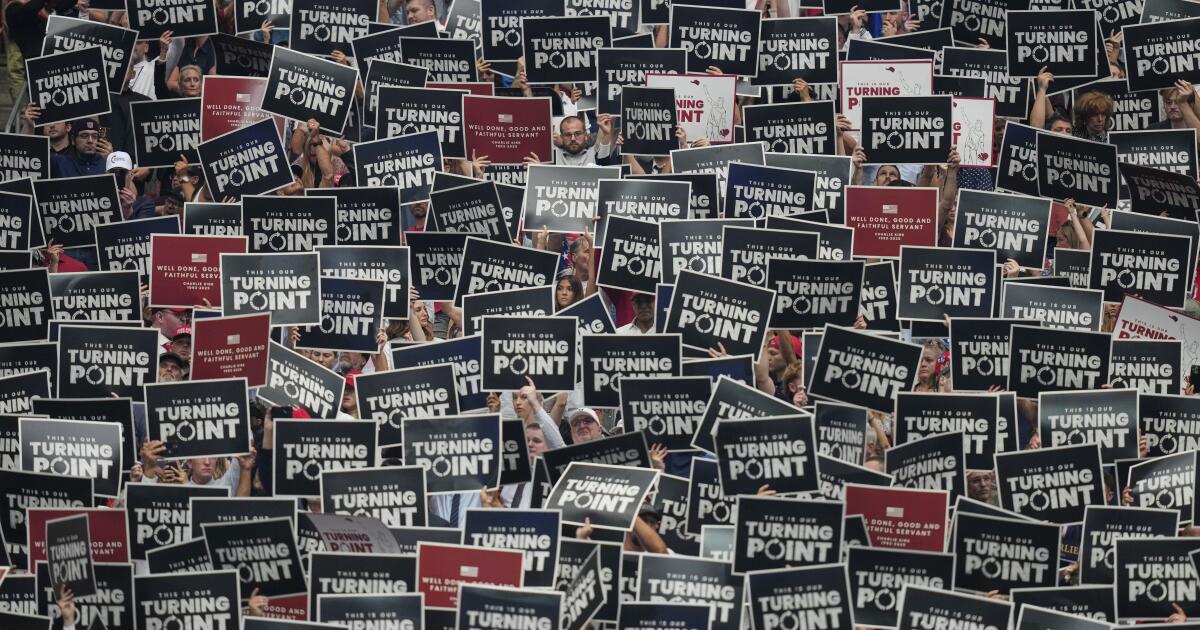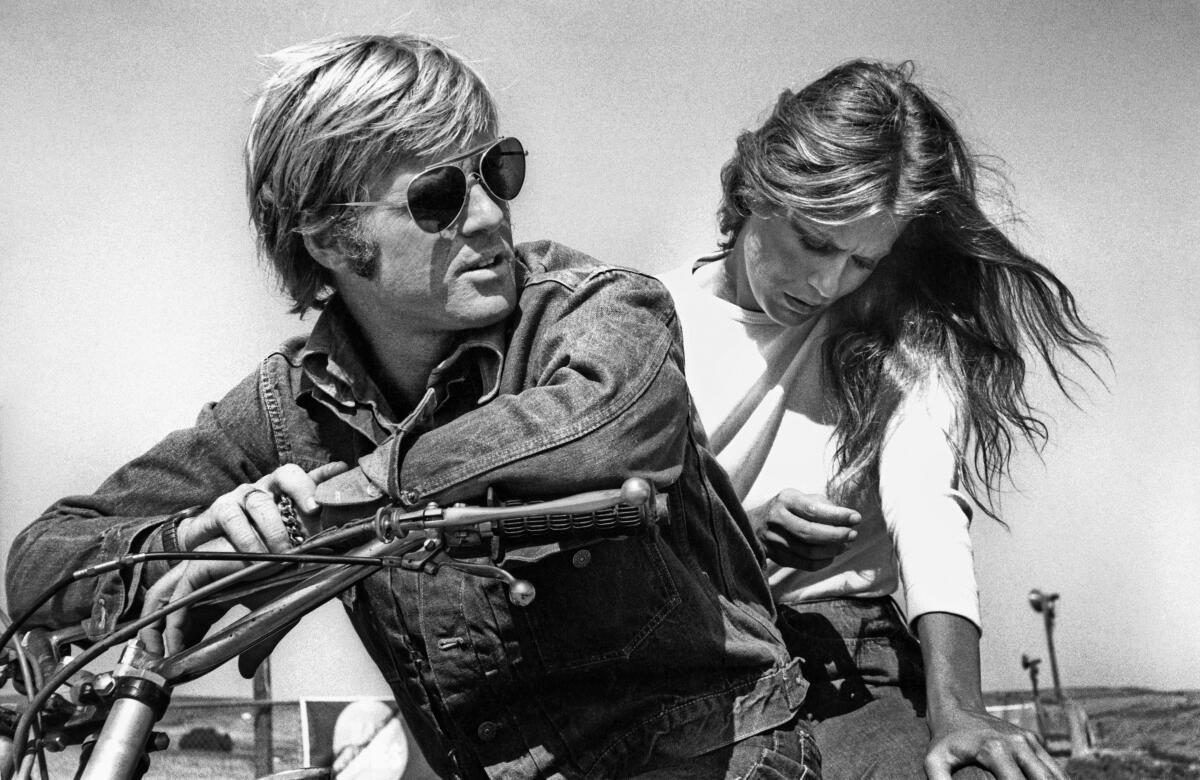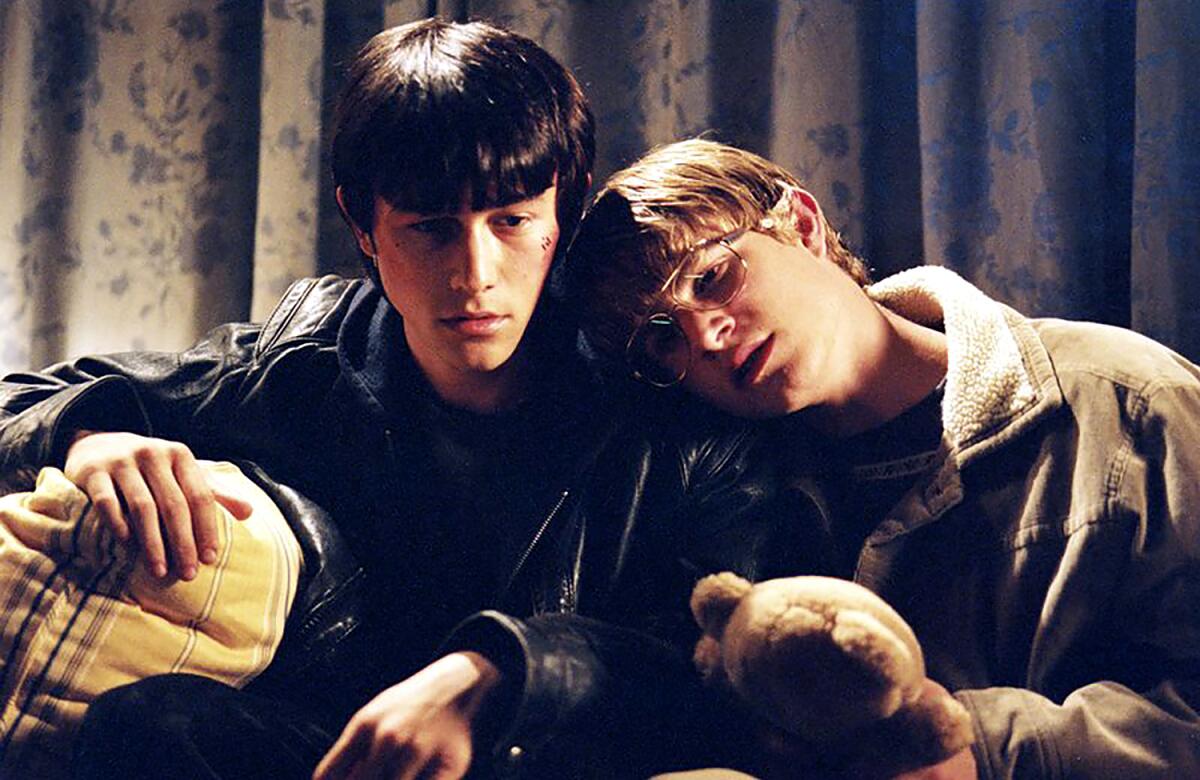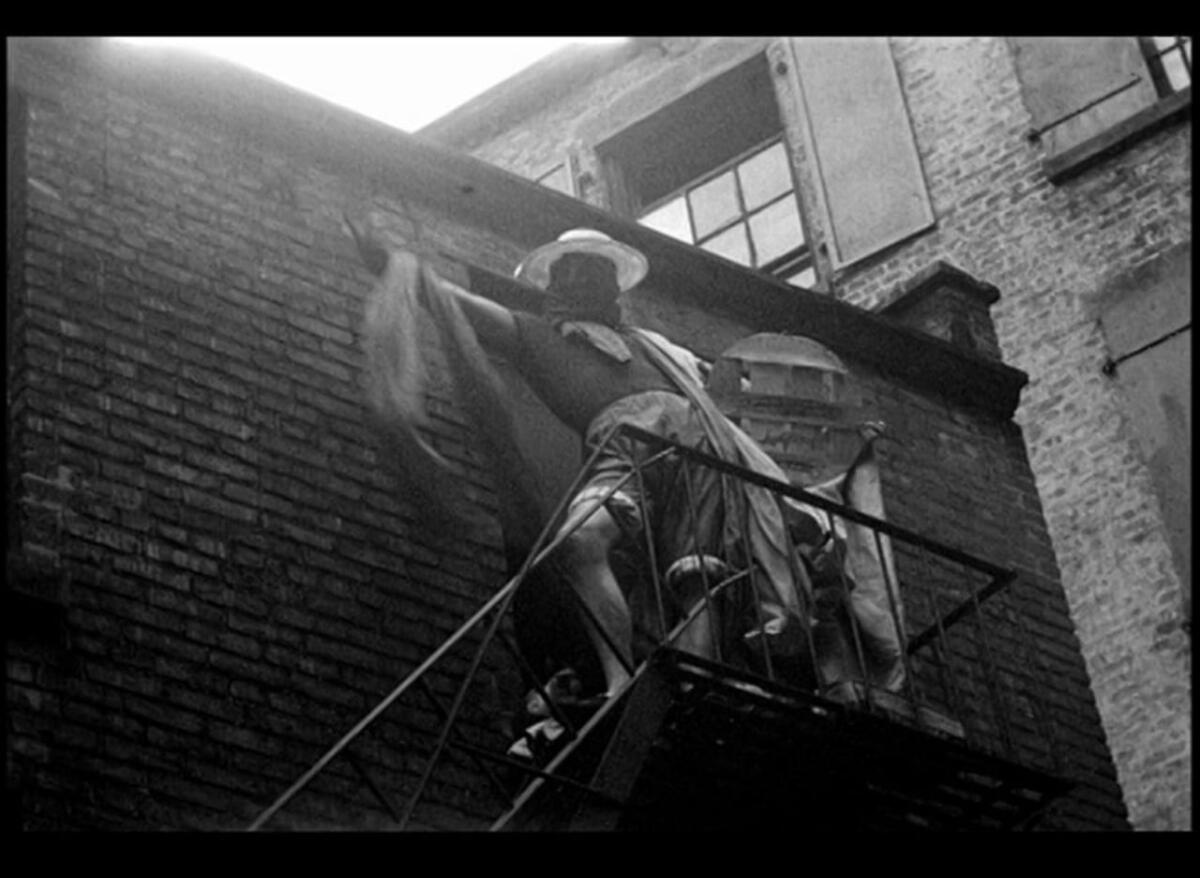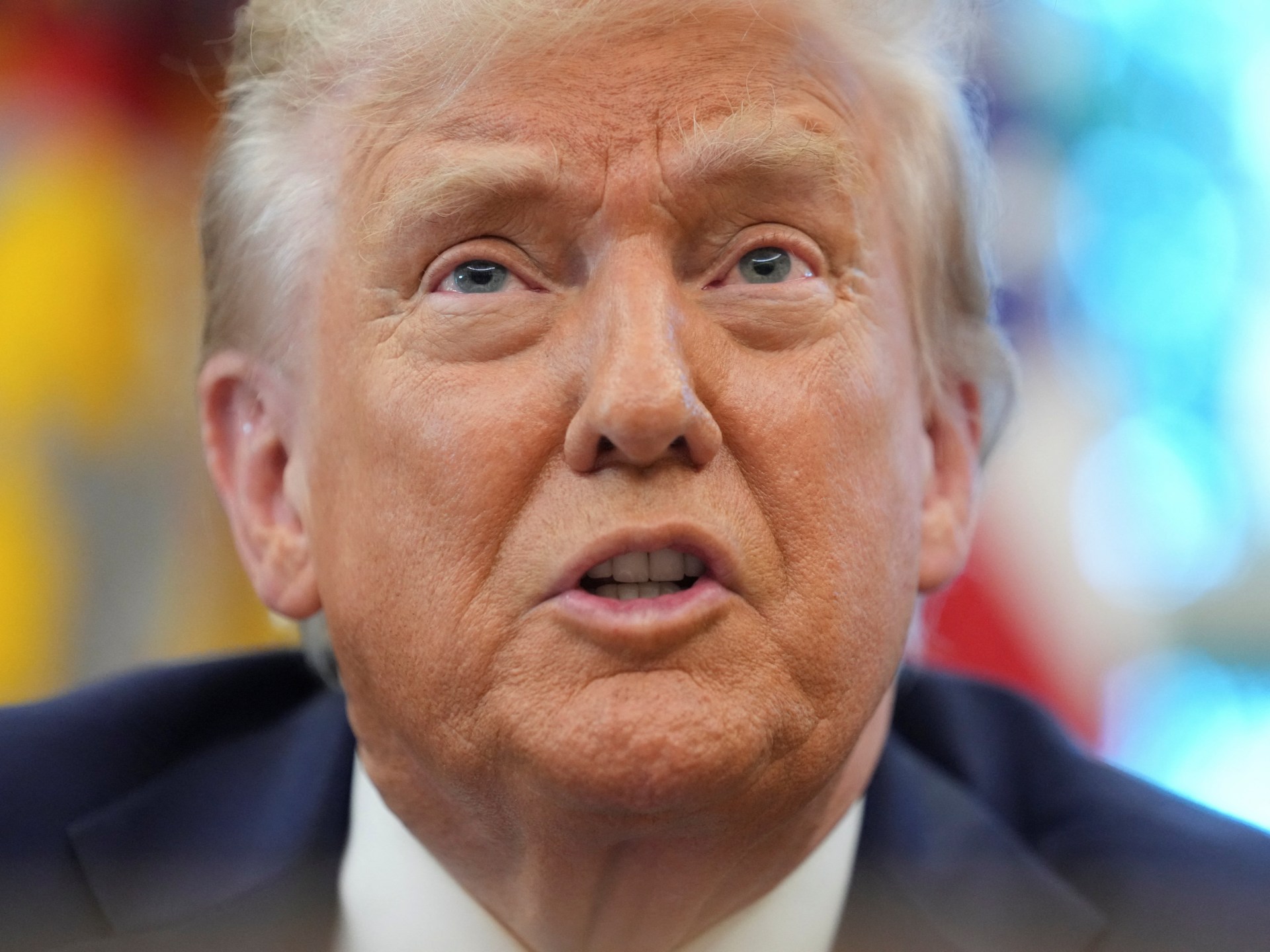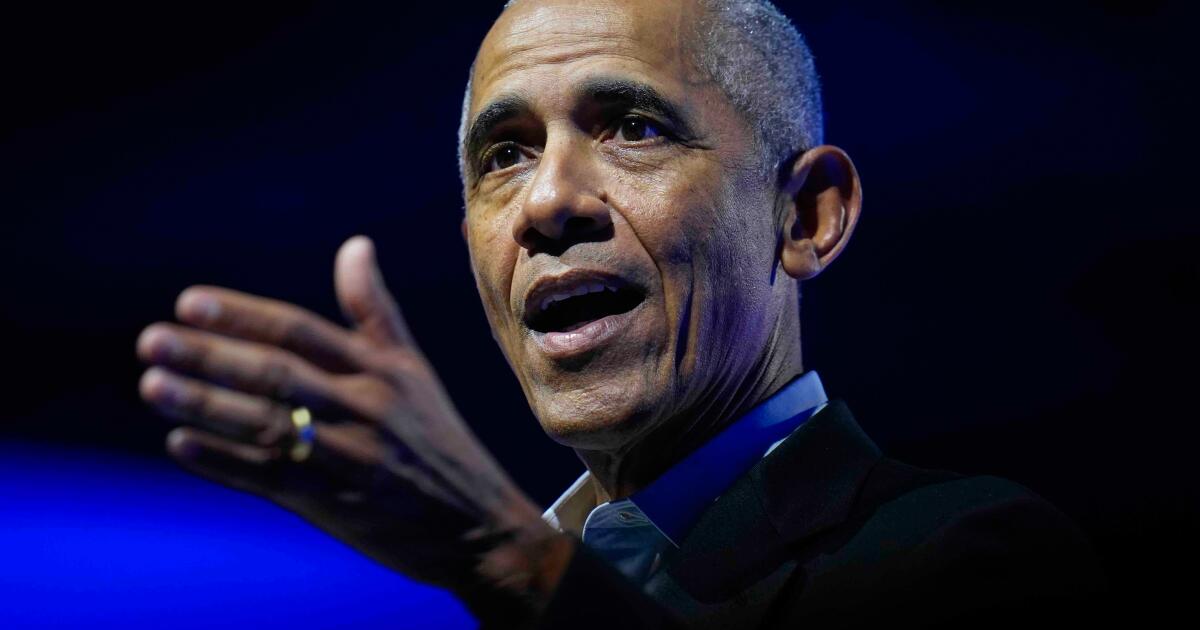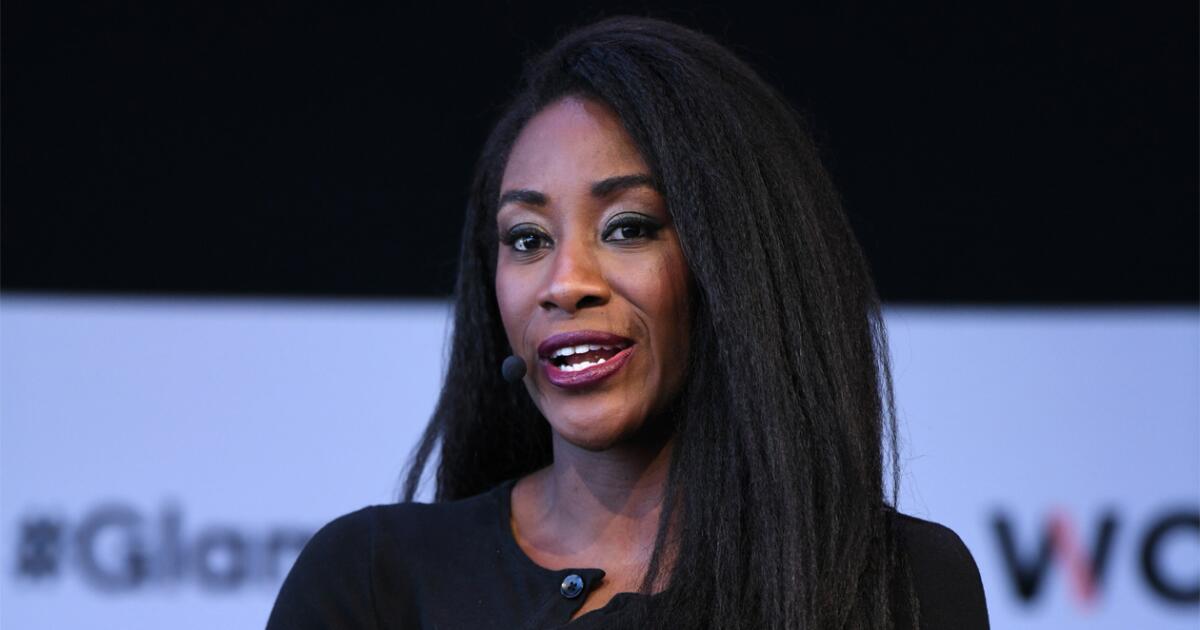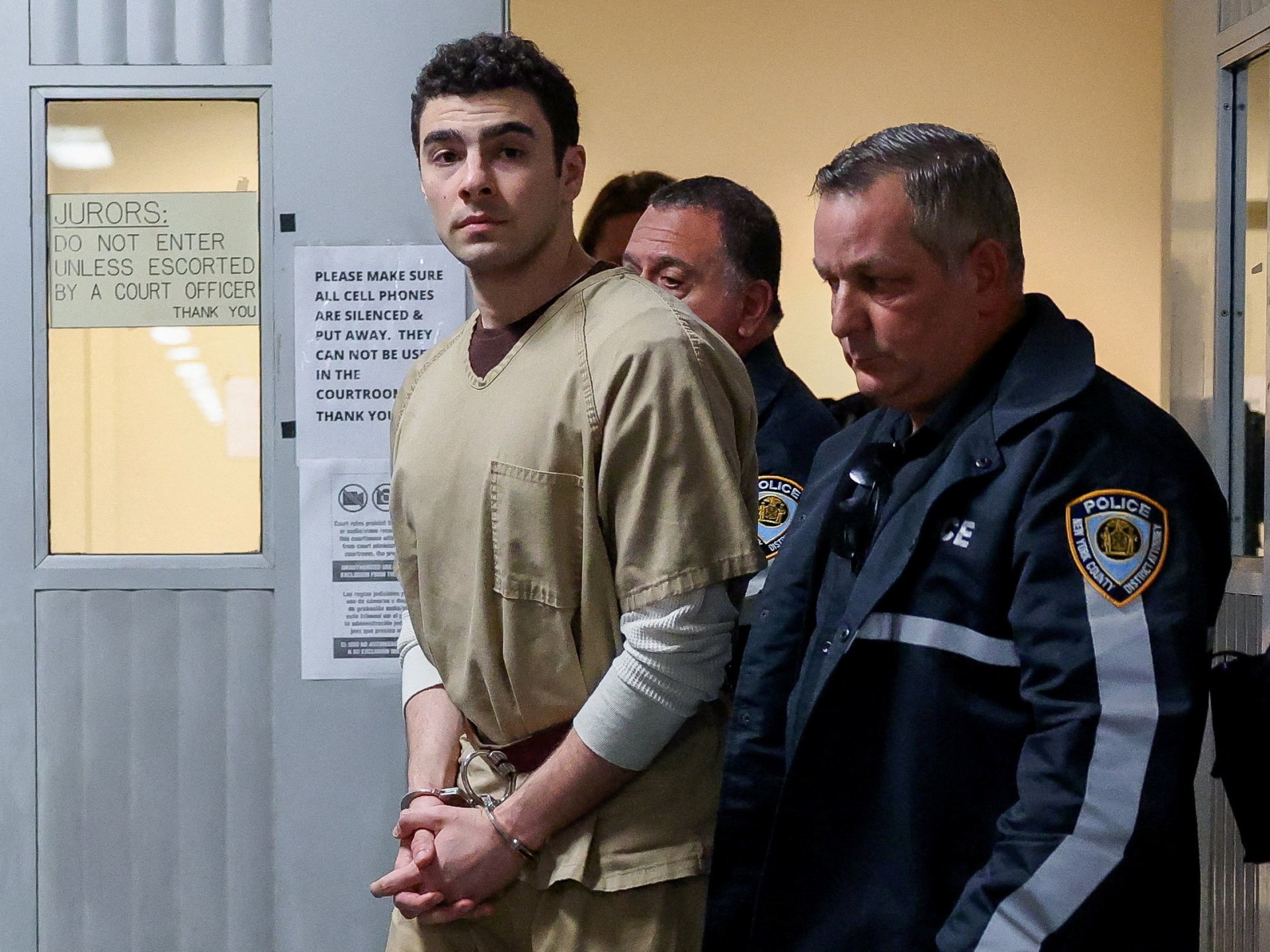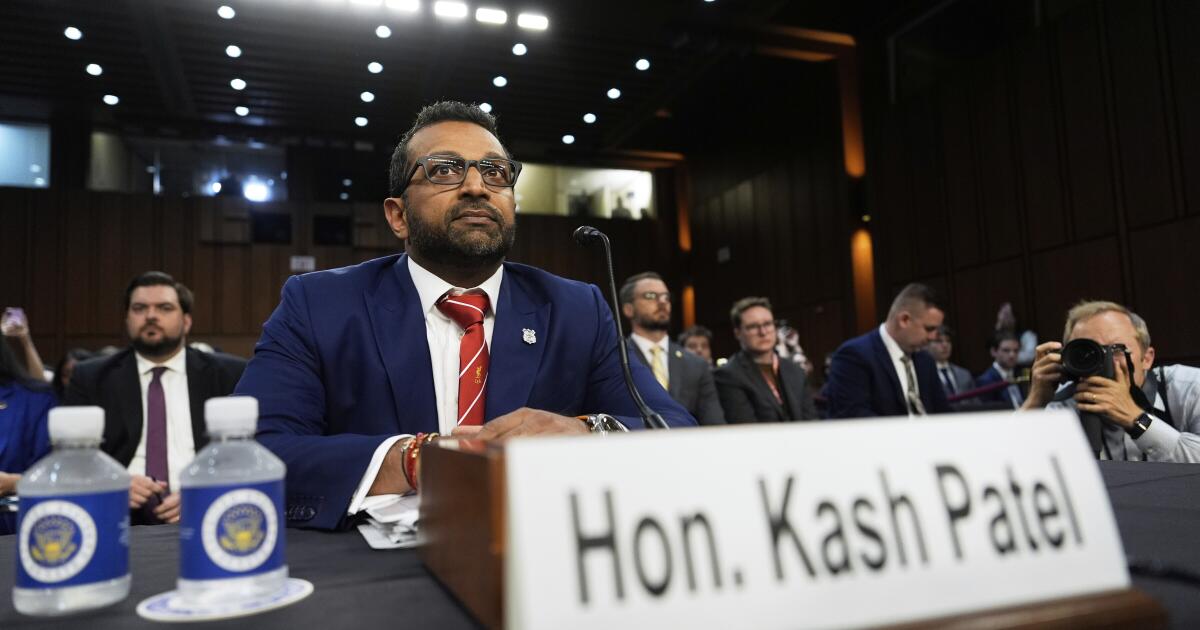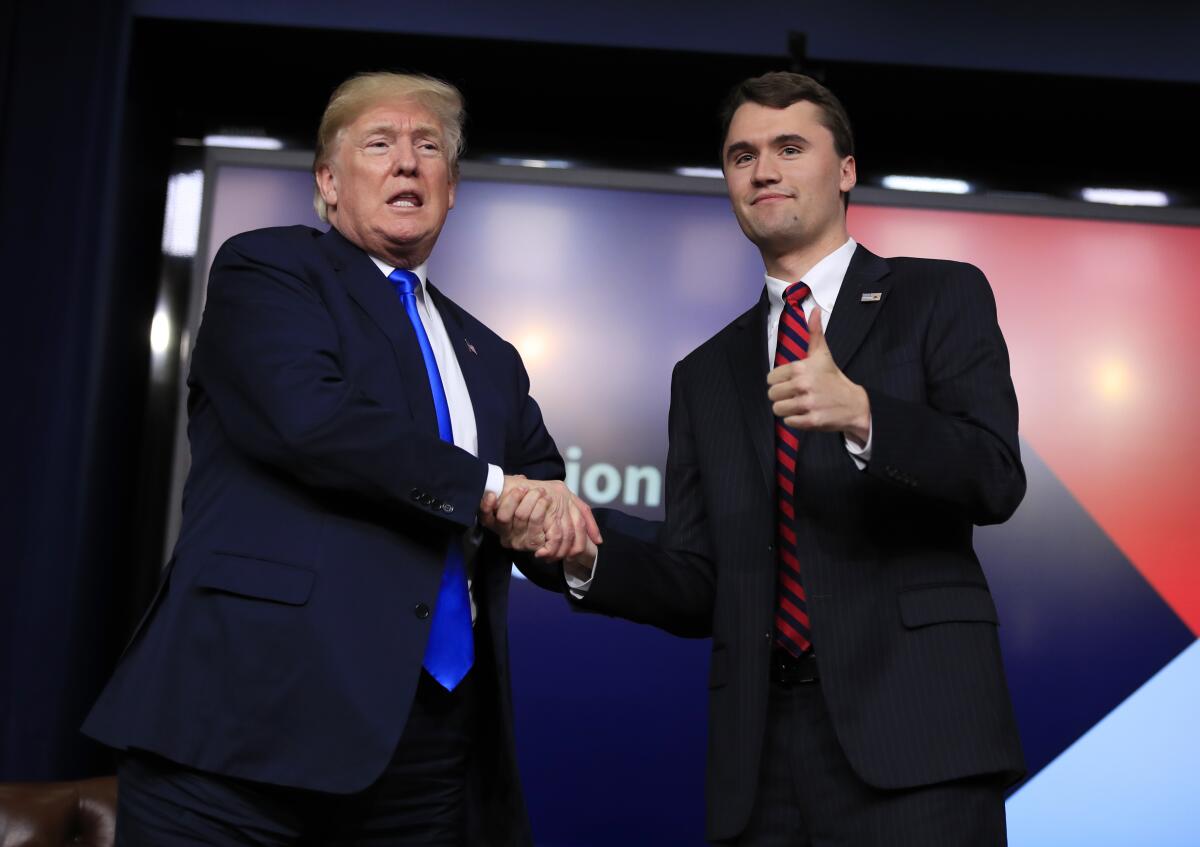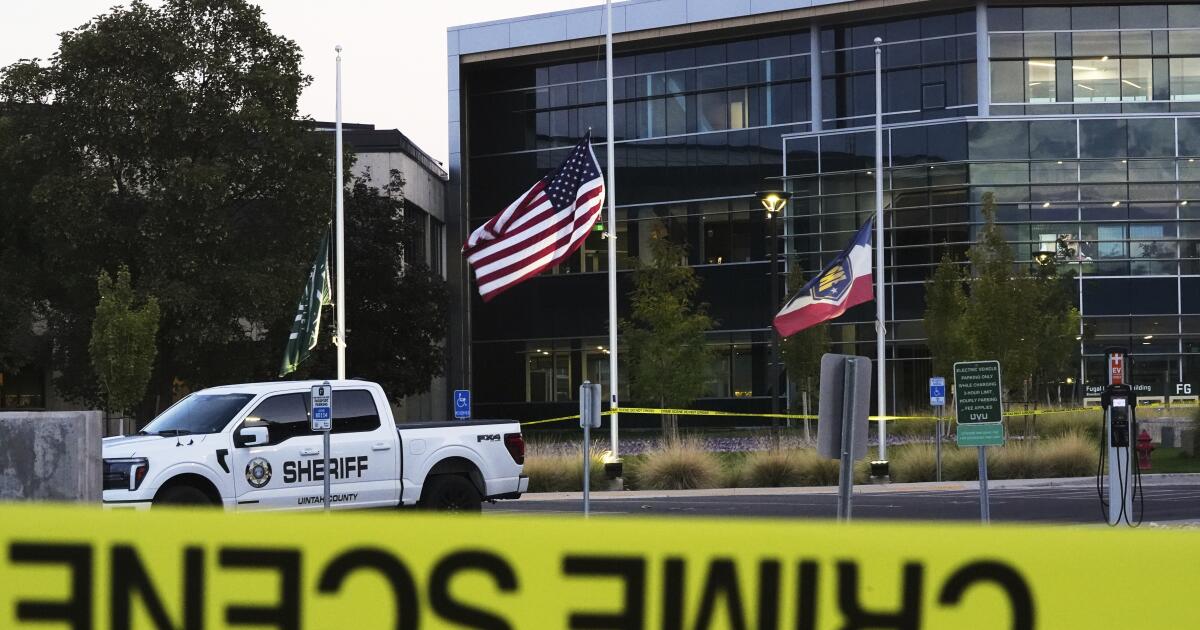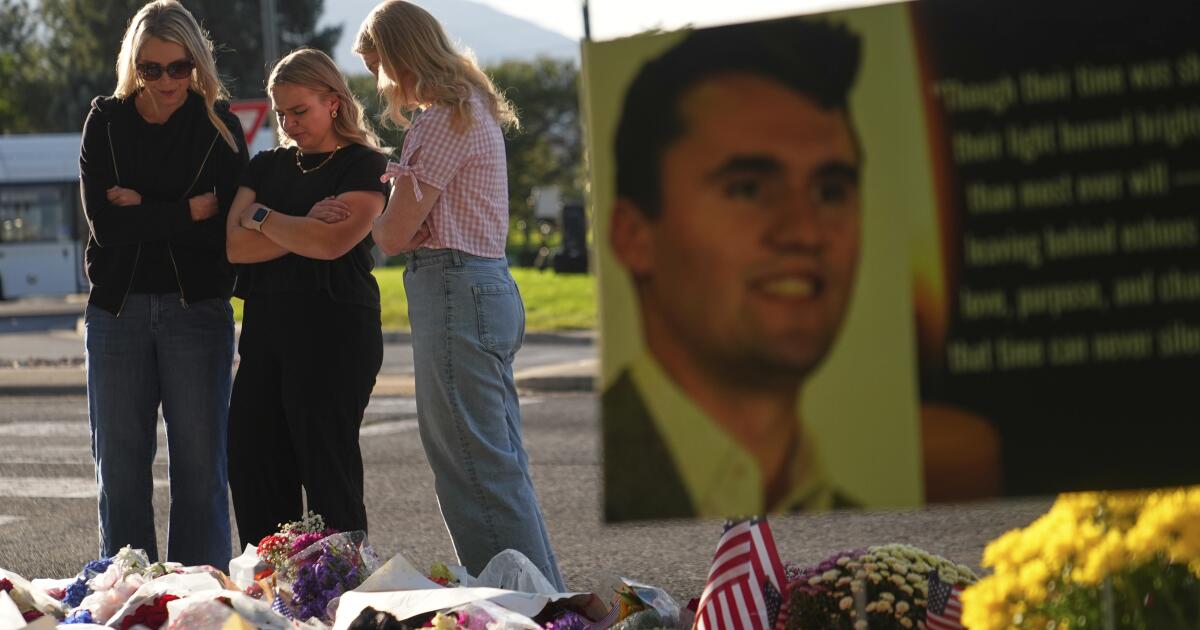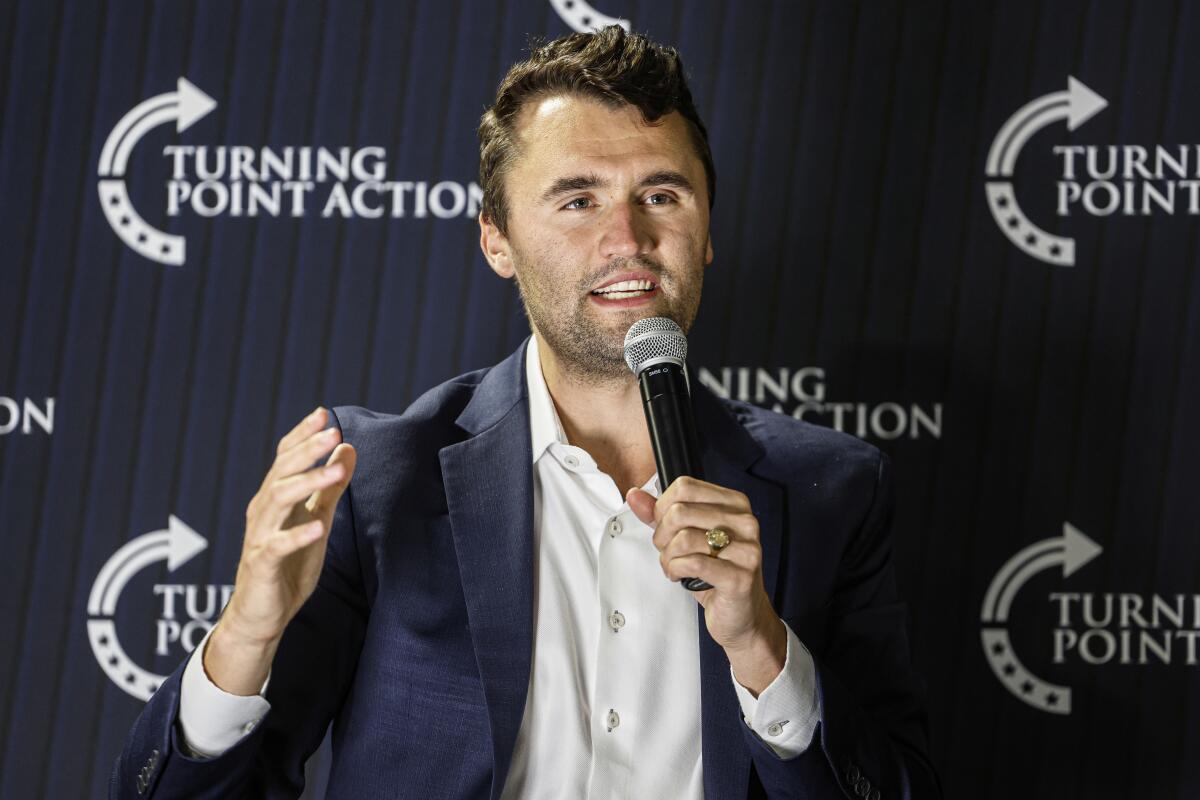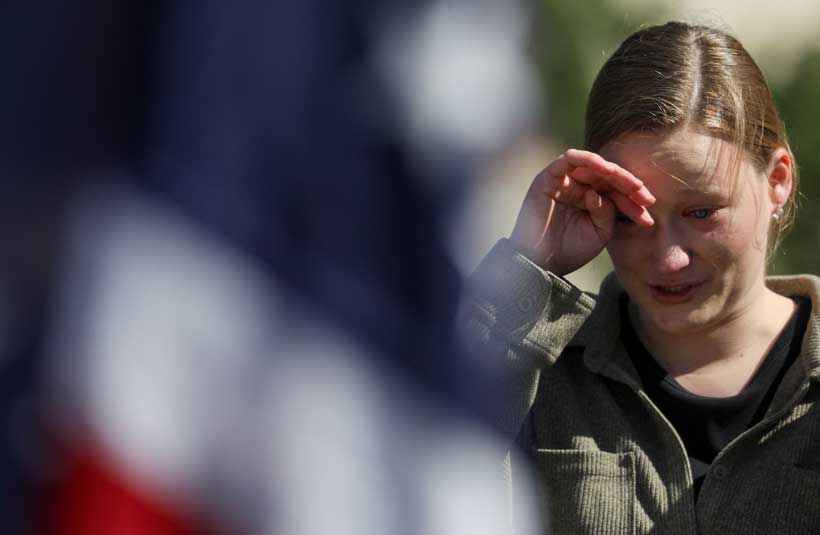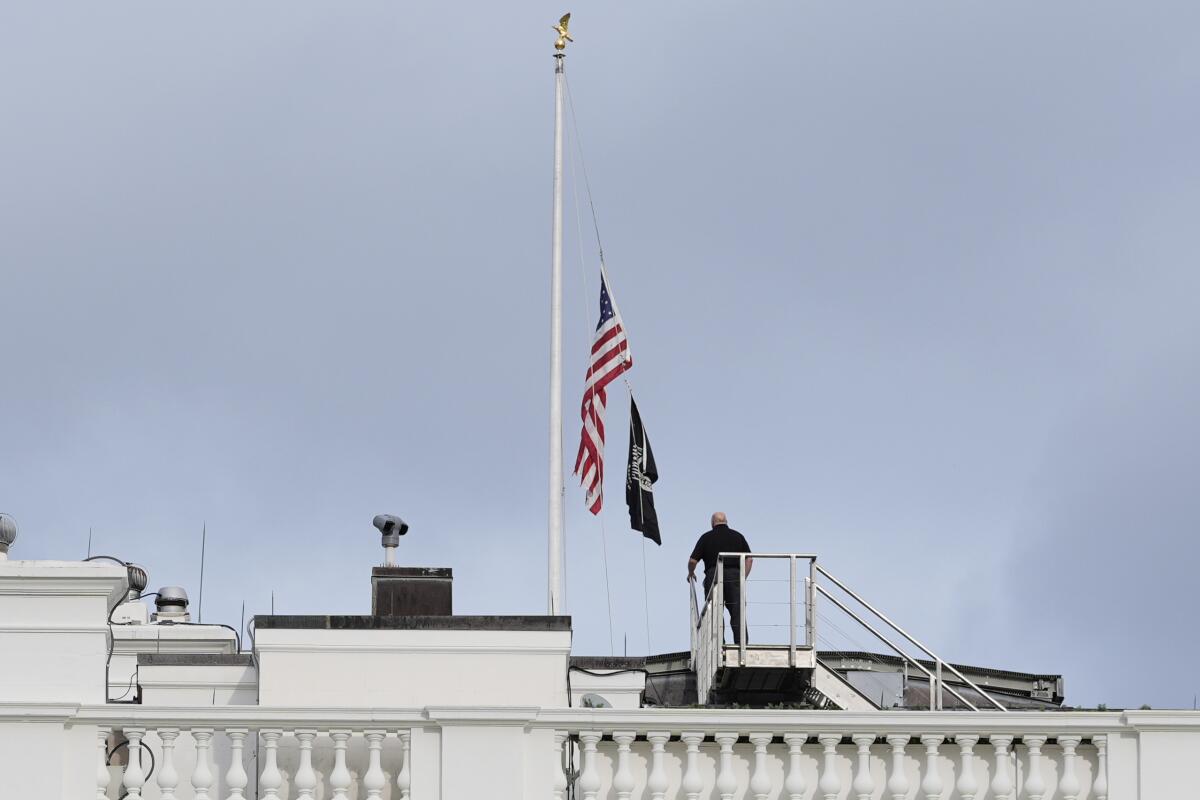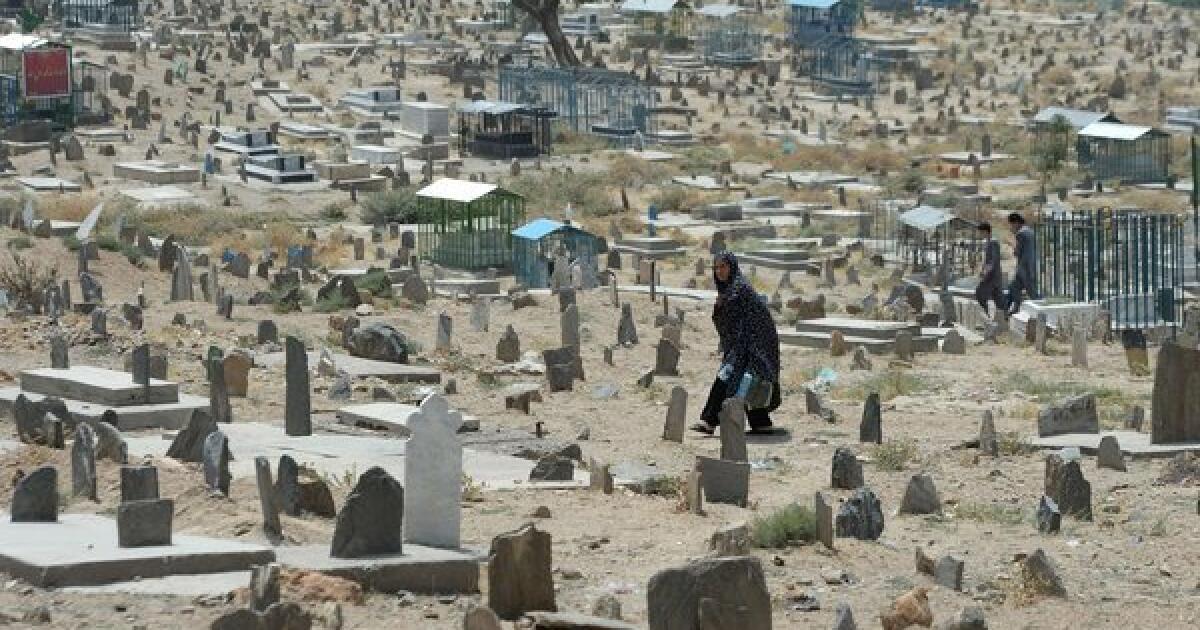My boy vanished 18 years ago – bungling cops accused ME of killing him… but their 2nd theory was even more chilling
THE dad of a missing schoolboy – who vanished 18 years ago – has revealed how cops initially pointed the finger at him before coming up with a bizarre second theory.
Kevin Gosden claims he was told by investigators Andrew, 14, could have become a jihadi fighter and fled the UK due to some books he’d checked out from the library for a school project.
Andrew vanished without a trace after skipping school and taking a train from his hometown of Doncaster to London on September 14 2007.
Weeks later, detectives were able to track down CCTV showing the teenager in King’s Cross station – but from there the trail has run cold.
In December 2021, two men were arrested on suspicion of kidnap and human trafficking, but police confirmed no further action was being taken in September 2023.
Dad Kevin has told The Sun how in the early weeks of the investigation, officers put the family through “traumatising” questioning in which he claims the finger was pointed at him for possible murder.
“They only wanted to get hold of the station CCTV to prove he wasn’t buried in the back garden,” Kevin said.
Asked if cops ever directly accused him of killing Andrew, he added: “That was their assumption. They’re really good at inventing stories.”
At one point Kevin and wife Glenys went to a meeting with investigators in which it was proposed their son may have become a jihadi – which refers to armed militant Islamic movements that seek to establish states based on Islamic principles.
Kevin said: “They came up with some really bizarre ideas.
“He’d taken out some books from the library about Islam and they’d come up with the idea that perhaps he was joining some sort of jihadi group.
“We had this meeting and got back in the car – we looked at each other and said ‘is that the most ridiculous thing you’ve heard in your life?’
“He was doing a school project.”
Kevin said the jihadi theory was an example of “this horrible spiral, that was entirely unhelpful and non-productive”.
He said it was extremely frustrating dealing with cops in the early weeks and months of the investigation.
“They’d come up with something insanely unlikely, that it was laughable,” he explained. “It really wasn’t good in 2007, at the beginning.”
He felt such lines of enquiry seemed to be distracting from following more obvious leads and when detectives finally did try to track down CCTV, much of the footage had already been wiped.
Investigators questioned both of Andrew’s parents, and older sister Charlotte prior to releasing the station video, a month after the disappearance.
Describing his own interrogation, Kevin said: “I did get the good cop bad cop routine.”
He added: “A couple of officers involved were in our house for five minutes, 10 minutes…
“They turned to us and said ‘how did you discipline him?’
“We said ‘we didn’t, we never had problems with him’.”
Referring to the family’s treatment, he said: “It’s wrong. I still have no idea what they said to Charlotte.
“She came back (from police questioning) really shaken and said ‘just don’t ask because what they asked me was disgusting’, so we can guess.”
He continued: “There were too many statistics and assumptions.
“They traumatised all three of us, but just because I’m a man I got the worst of it.
“It was so off beam and so wrong, that it did end up with a suicide attempt because I just thought we’re never going to find him like this, I just need to be out of the way because clearly they’ve got this idea in their head.
“I know it’s not true but they’re never going to find him if that’s where they’re putting their time and resources.”
Referring to the idea he or anyone else in the family had hurt Andrew, Kevin went on to say: “I said to them more than once, if you find him, you can ask him and he’ll tell you it’s rubbish.
“You’ve asked my daughter and my wife, the neighbours, his teachers, school friends and you’ll have come across no hint that there was ever a problem.”
‘All we can hope is something comes up’
Andrew, if he’s still alive, would be 32 now.
Kevin said: “All we can hope is that something comes up and someone volunteers something and remembers something, anonymously if necessary, and gives us something revolutionary.”
The dad-of-two, 59, is currently refurbishing the family home, including repainting Andrew’s old bedroom, which is adorned with photos of the then-schoolboy.
Kevin said: “It never gets any damn easier… nightmares and flashbacks overnight. I finally get to sleep and I’m like ‘how have I woken up at one in the afternoon?’”
The refurbishment is addressing “all the stuff I haven’t paid notice to for the last 30 years”, he explained.
Asked if keeping his mind occupied has helped him to process what happened to Andrew, he said: “I don’t know about processing things. It never gets any easier.
“I’ve never made the mental illness stuff a secret.”
Kevin attempted suicide early in the search for Andrew, saying he was tipped over the edge by cops implying he was involved in his son’s disappearance.
It never gets any damn easier… nightmares and flashbacks overnight. I finally get to sleep and I’m like ‘how have I woken up at one in the afternoon?
Kevin Gosden
“Sadly, I had reached the conclusion that it isn’t going to get any better.”
He left his job at the NHS after Andrew disappeared and was doing part-time cleaning work before being made redundant.
In November, when he turns 60, Kevin is due a “big payout” from the NHS, having been employed there for 20 years.
He said keeping himself occupied with any little projects is essential.
“I know an awful amount of people retiring, I can’t,” he admitted. “All of this distracts.
“Since Andrew disappeared, my concentration, memory, all that stuff… mood and anxiety in particular, it paralyses your brain.
“All of that has been constant so I struggle to think straight.
“Things like refurbishing, you have to pay enough attention on it to not ruminate on things. I have several little projects on the go.”
He went on to say: “I do most days wake up in a bit of a panic, thinking I need to get this done, I need to get that done.
“My wife goes, ‘you never sit still’. You propel yourself into doing stuff with far too much anxiety behind it and rush it. That tends to be how it goes.
“You get the days when depression will kick in and I just can’t do anything. It’s constantly tough.
“Every day it is a struggle. Partly I just keep doing these things, you have to persevere, or I do, just to keep going. As opposed to giving up.”
Sick trolls posting fake updates
Most recently, Kevin and his family have been forced to consult with police over sick clickbait articles falsely claiming that Andrew has been found, or further CCTV footage has been unearthed, and some include falsified statements from his loved ones.
“That’s been causing me a lot of anxiety,” said Kevin. “What I worry about is, you just don’t want to end up going through the same thing Nicola Bulley’s family went through.”
Nicola Bulley was a mum-of-two young children who vanished aged 45 in January 2023 during a dog walk in St Michael’s on Wyre, Lancashire, before her body was found weeks later in the river.
However, the search for the mum saw a media frenzy, with TikTokers and other social influencers flooding the scene and some spreading misinformation online.
Kevin has been alerted to countless possible sightings of Andrew over the years, and at one stage the family had age progression images done showing what he might look like now.
“One of my fears is I could walk past him in the street, if he’s alive,” he said.
“He might have grown a beard, he would look so different. You worry you could trip over him in the street and have no idea.”
Asked what he believes became of Andrew, Kevin said he, his wife and daughter have “fluctuated on this for years”.
He continued: “None of us can imagine that the Andrew we knew would not have made some kind of contact at some point because we never fell out, we never argued.
“It still boils down to we’re still absolutely clueless, but that makes us think he probably isn’t alive but that makes you think how come we’ve never found remains and no one ever saw him or noticed anything.
“It turns around in your head and you can never come to any definite conclusion, which is the whole problem with ambiguous loss and why the mental health issues never resolved.”
He added: “We try to maintain hope, there’s that little voice in your head that says someone somewhere must know something, surely.”
Kevin said it would be easier, in a sense, if it could be proven either way what happened to his son.
“If we had a bag of bones or something that would be incredibly tough, and obviously would raise a whole lot of other questions as to how we’ve ended up with that,” he said.
“It’s a double-edged sword, it’s the answer you just don’t want to know. But on the other hand, it feels like knowing would be better than not knowing.”
Andrew went missing at a time before the smart phones craze, the first iPhone was released the same year as his disappearance, and he didn’t even have a mobile.
Kevin said: “You are going back to the days of a lot less social media and internet. People weren’t carrying around a computer in their pocket the whole time.”
However, he said the fact that it appeared to go “pear-shaped” when trying to retrieve further CCTV at one of Europe’s most heavily surveillanced areas, “is still rather upsetting”.
Kevin said he and his family told investigators, after witnesses came forward, that King’s Cross was unlikely to be Andrew’s final destination as it’s a “transport exchange with links to everywhere”.
But he said the sluggish start meant the golden window of collecting evidence within the first 48 hours was missed.
He said there seemed to be a lack of communication between South Yorkshire Police, with the Met and British Transport Police.
Kevin said: “It’s worth saying that policing is still inconsistent when looking for a missing person, but it is very much improved.
“I’m pretty sure every police force has a dedicated team for missing persons now. Things are done a lot better now.”
Andrew’s disappearance
Looking back to the time Andrew disappeared, Kevin said it was a Friday and they weren’t certain he’d gone missing until the Monday morning.
The family spoke to train station staff, including a woman who said she’d sold the schoolboy a one-way ticket.
They then trekked down to London and began putting up posters in any places they thought Andrew might have been.
You’re Not Alone
EVERY 90 minutes in the UK a life is lost to suicide
It doesn’t discriminate, touching the lives of people in every corner of society – from the homeless and unemployed to builders and doctors, reality stars and footballers.
It’s the biggest killer of people under the age of 35, more deadly than cancer and car crashes.
And men are three times more likely to take their own life than women.
Yet it’s rarely spoken of, a taboo that threatens to continue its deadly rampage unless we all stop and take notice, now.
That is why The Sun launched the You’re Not Alone campaign.
The aim is that by sharing practical advice, raising awareness and breaking down the barriers people face when talking about their mental health, we can all do our bit to help save lives.
Let’s all vow to ask for help when we need it, and listen out for others… You’re Not Alone.
If you, or anyone you know, needs help dealing with mental health problems, the following organisations provide support:
They have relatives in the capital and he had been on trips there before.
“A couple of commuters saw posters we put up and said ‘we sat on the same carriage’ and we established he got to King’s Cross,” Kevin said.
The dad had also rung around Andrew’s friends and local hospitals, and even considered his son may have gone to Whitby, another place he liked.
“Our gut instinct was right,” he continued. “We were saying to police ‘we know he went to King’s Cross, most likely he got a train because he was most familiar with that transport’.
“The point is, it took them 27 days or something to get the CCTV of him walking out of King’s Cross station, which is what we were saying he would probably do from the start.”
But Kevin said he doesn’t believe cops at the time wanted to believe Andrew had simply gone missing, and rather the attention turned to something more sinister involving the family.
He said: “There were potential sightings that sounded quite plausible but the police weren’t following those up.
“They weren’t liaising with the Met and then it’s six weeks later and they’re saying ‘the CCTV’s been overwritten’, that was frustrating at the time.”
Kevin and Andrew’s other loved ones still have no idea why the schoolboy even decided to skip school and head down south.
“This is why it was a complete shock to us,” Kevin said. “It never occurred to us that he would go missing at all.
“The whole thing was awful and I can’t remember how many days, weeks it was and when certain events occurred.
“It was such a blur. You’re in such a state of panic. We were all three of us very traumatised by the fact of the matter that Andrew had disappeared and we had no clue why.”
At the time, there were theories Andrew had perhaps travelled down for a gig or to meet up with friends, and would suddenly turn up.
“He was going to do something that he knew we wouldn’t want him to do – just doing whatever it was,” said Kevin.
“He maybe thought ‘I can always get to my grandparents or my uncle’s and I’ll face the music later on and they’ll have a chance to calm down.’
“We thought he’d show up somewhere and say ‘I’ve done something foolish and I need a bit of help’. It just never happened,” said Kevin.
Other theories suggested Andrew had been groomed online and had headed down to London where he was trafficked.
Kevin said: “There’s no evidence, not one shred of evidence.”
Instead, he believes it was as simple as Andrew skipped school to do something in London he knew his parents otherwise wouldn’t be happy about, and he came across the wrong people.
“That’s what my gut has always said, really,” Kevin admitted. “We brought both kids up to think for themselves and be independent and they were both extremely capable, more than.
“Andrew was exceptionally gifted academically, so he could be lost in deep thought.
“He was insanely intelligent, but you wouldn’t have put him in the hanging round street corners and being streetwise category.”
He added: “One day, we hope that we’ll find out what happened.”
DCI Andy Knowles, of South Yorkshire Police, who has led the investigation in recent years, told The Sun: “I’m in regular contact with the Gosden family and I’m incredibly grateful for their support as we work together to answer the questions which have remained unanswered for so long.
“We carefully consider any information received ensuring it is recorded, catalogued and, where there are reasonable lines of enquiry, it is pursued.”
Missing People charity
Since Andrew’s disappearance, his family has been supported by charity Missing People.
According to the organisation’s website: “Going missing is a matter of life or death for tens of thousands of people each year.
“Missing People was founded in the early 1990s by sisters Janet Newman OBE and Mary Asprey OBE, inspired by the tragic disappearance of estate agent Suzy Lamplugh in 1986.
“Initially starting a Helpline from their home, they quickly became a beacon of hope for families of the missing.
“For over 30 years, we’ve been there for children and adults who are at risk of danger or harm, and those who love them.
“We’ll always be there, for as long as it takes.”
